
Kunai Review
Metroid has inspired countless games, and they all balance aspects of the classic formula differently. Some are focused on the thrill of exploring sprawling maps, while others emphasize an arsenal of creative weapons. Kunai includes those elements to a degree, but its main priority is mobility. As a tablet-faced robot, you use the titular kunai to attach ropes to most surfaces; this lets you easily swing, climb, and launch yourself through enemy-infested areas. Though this is a fun twist on navigation, it isn’t enough to carry the whole experience. In exploration, combat, and boss fights, Kunai falls short.
Tabby, your ninja-like hero, battles through a bleak world populated mostly by other machines. You find your sword and kunai almost immediately, and they are the foundation for your adventure, mixing close-range combat with acrobatic navigation. The sword-slashing is simple and functional, but your movement is a fluid hybrid between the signature styles of Spider-Man and Doc Ock. The game encourages you to use your momentum as well as multiple anchor points to freely maneuver horizontally and vertically, which is entertaining. The combination initially feels great, but it starts to seem more like a gimmick as the action fails to take the concept in new directions. Apart from encountering some frustrating platforming sections and surfaces that your kunai can’t stick to, this part of your repertoire doesn’t grow to meet its potential, and instead remains disappointingly static.
Tabby walks a gradual path to power, collecting additional abilities as he travels from one zone to the next. Tools like shuriken, machine guns, and a double-jump are improvements, making it possible to reach new areas, but Kunai doesn’t make the process satisfying. Most of the items you collect to expand your arsenal feel less like powers and more like keys in disguise. For example, your electric shuriken opens a specific kind of door, but I rarely had an excuse to use that weapon for any other purpose. Firing down with the machine gun helps you cross gaps, but it is underwhelming as an offensive option. This means that your abilities seem like they were primarily designed to overcome trivial progress-gating obstacles, and they don’t do much to impact your overall combat style, even once you upgrade them.
The different maps have names that sound exciting, like Haunted Factory and Crypto Mines, but they don’t feel distinct enough once you’re in them. With a minimalist art style and muted colors, the various zones blend together over time. Moving from a greenish area to a brownish area is technically different, but the limited enemy types and sparse details never convey a sense of exploring uncharted territory. The thrill of discovery is similarly dull, since the hidden areas you can uncover usually just contain hats, which are dumb-looking cosmetic items. This completely kills the desire to revisit maps once you get new powers, because you know you won’t find anything worthwhile.
Boss battles are another weak spot. Most rely heavily on repetition, so they become endurance bouts rather than true tests of skill. In one fight, you need to climb a mountain while evading attacks in order to score a few hits on the boss. If you succeed, you are knocked back down the mountain only to repeat the process three more times. After that, the next phase has you outrunning the boss in a race up the mountain where a single slip-up results in a one-hit kill – and failure at any stage results in starting the whole fight over. Not all bosses lean on this frustrating pattern, but the ones that don’t aren’t much better; those are too easy, serving mainly as testing grounds for a new item you just acquired in an adjacent room.
With various weapons, mobility enhancements, and a sprawling series of connected maps, Kunai appears to have all the right components, but they aren’t assembled into a cohesive whole. Swinging around the world is a cool novelty, but that alone isn’t enough to propel players through the blandness that pervades the rest of the game.
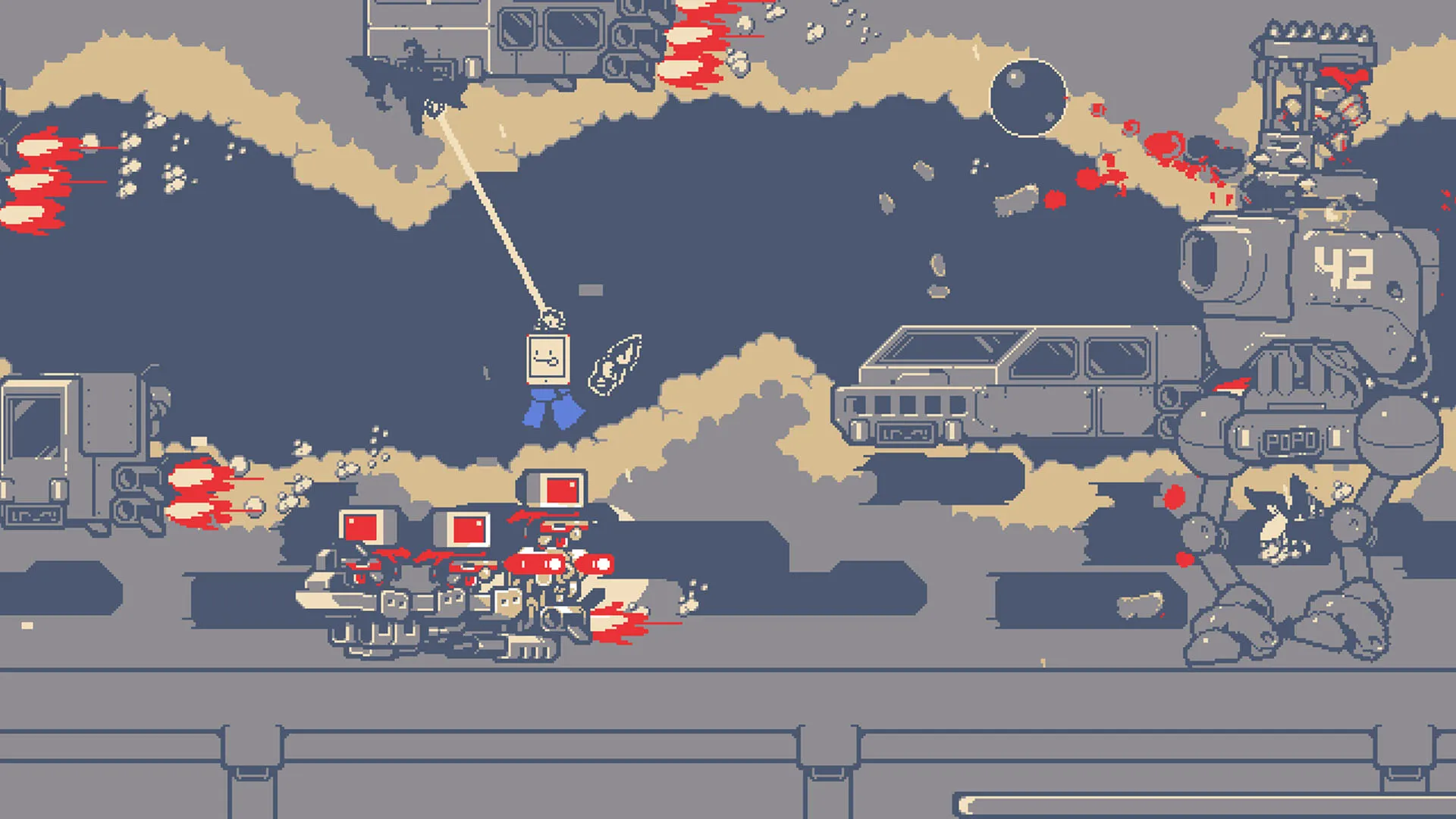
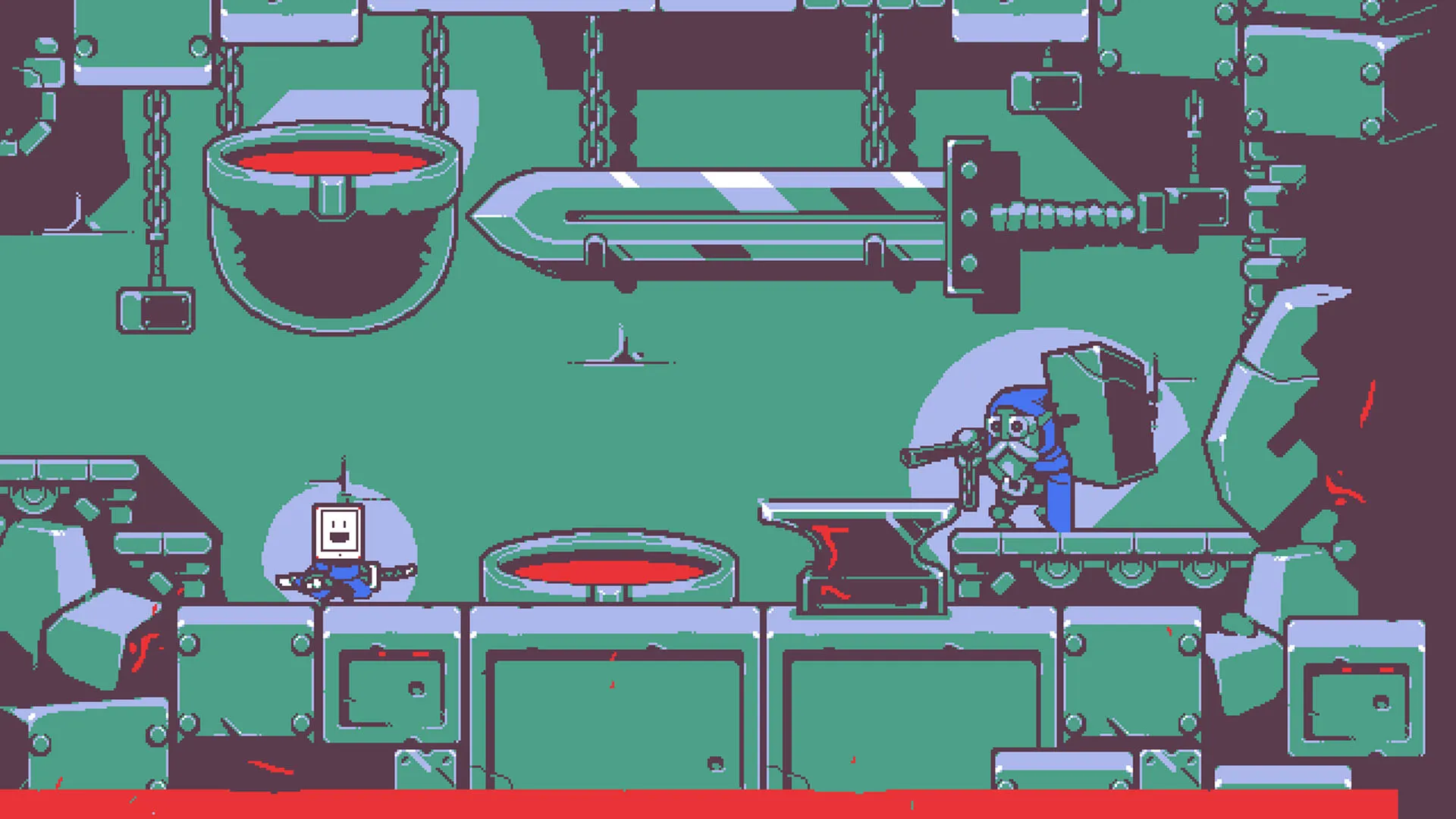
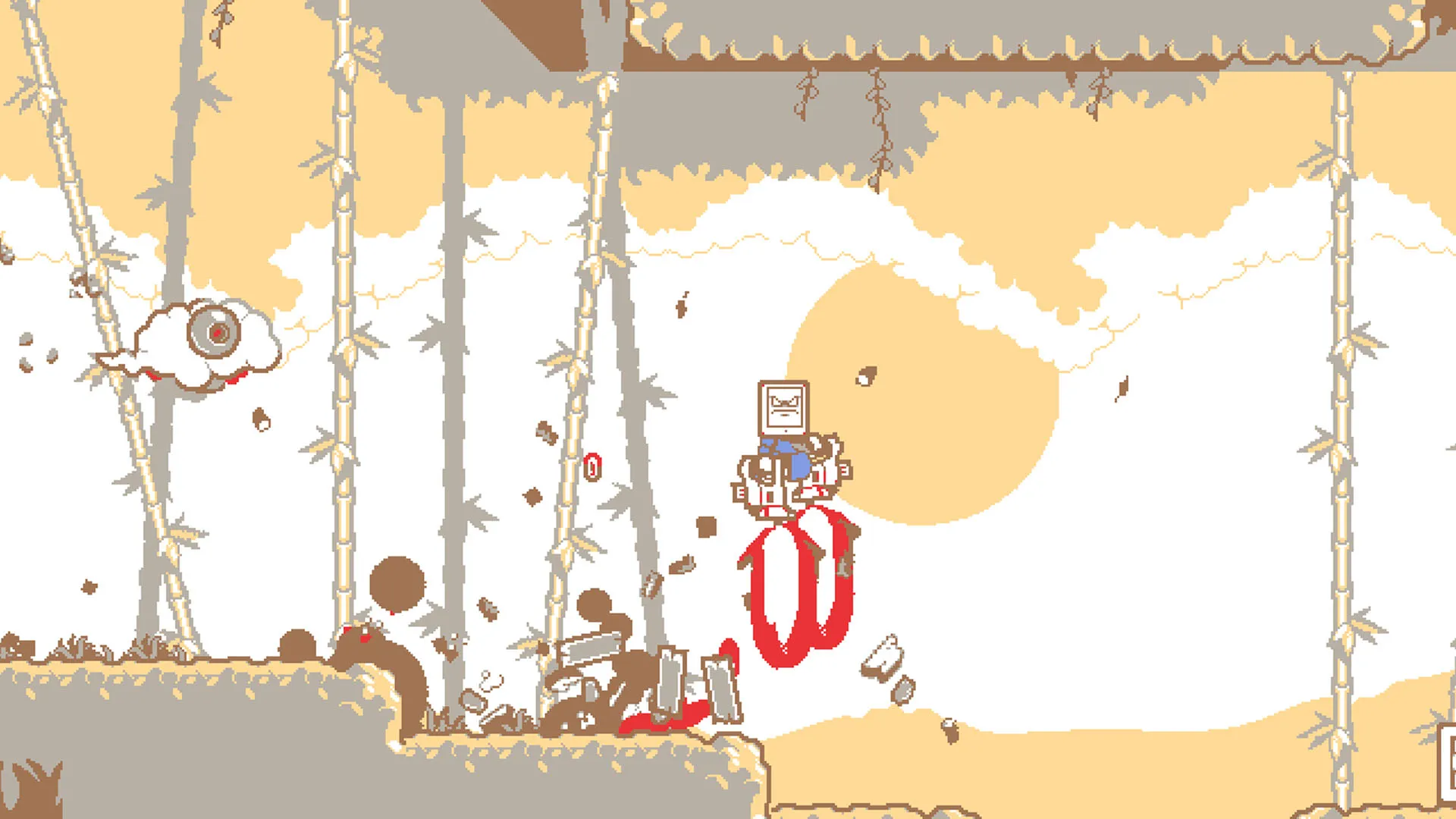
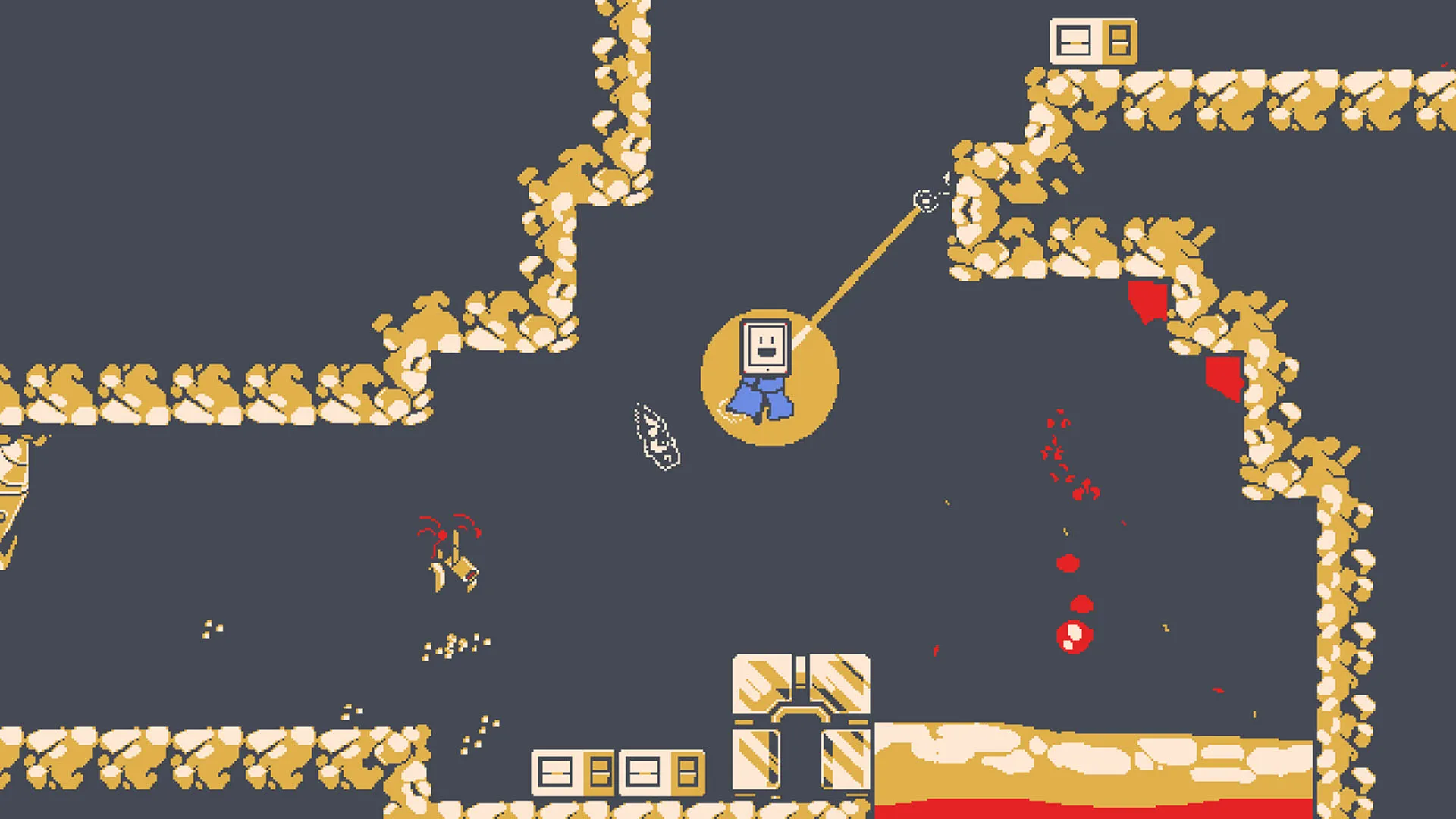
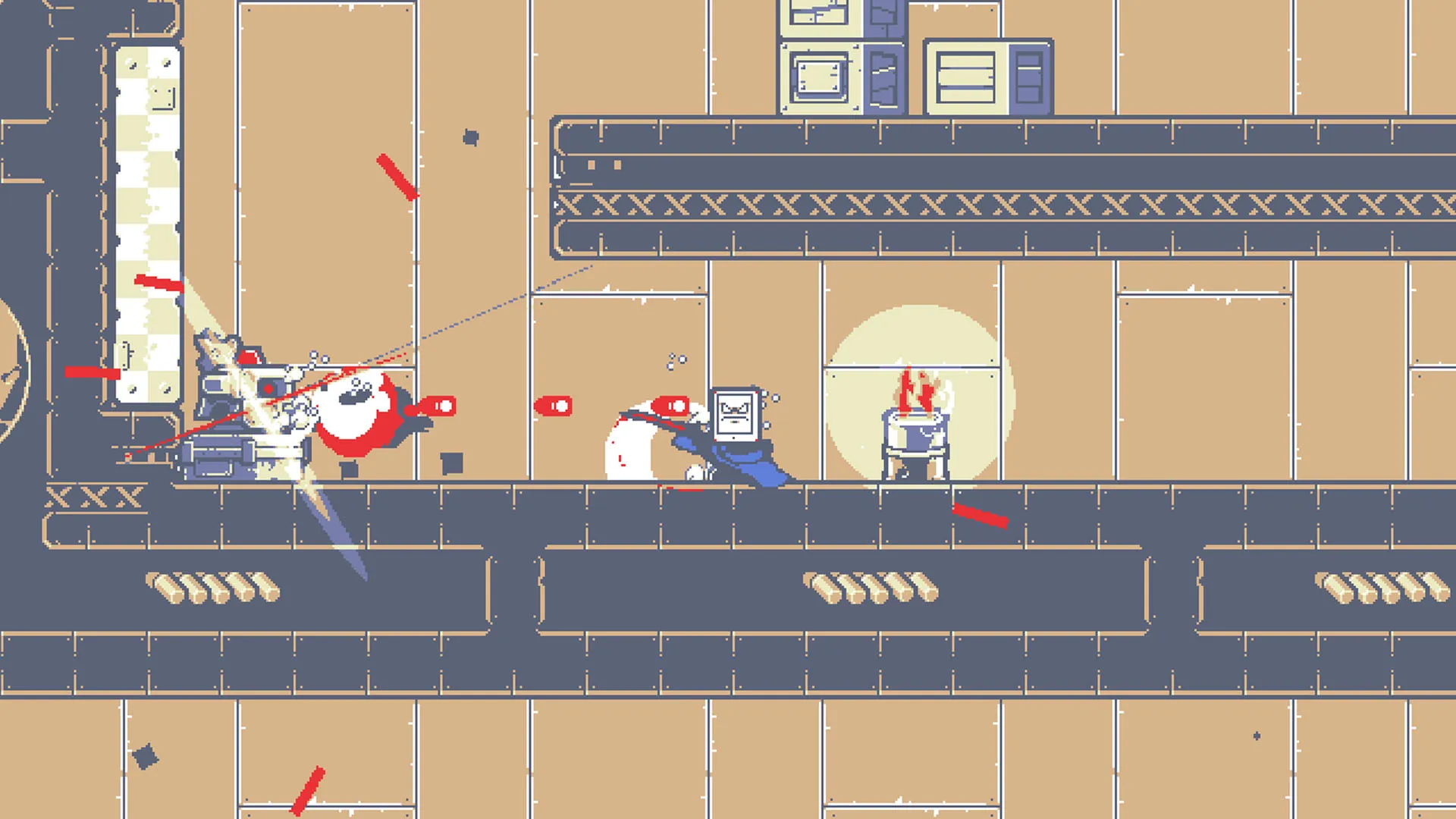
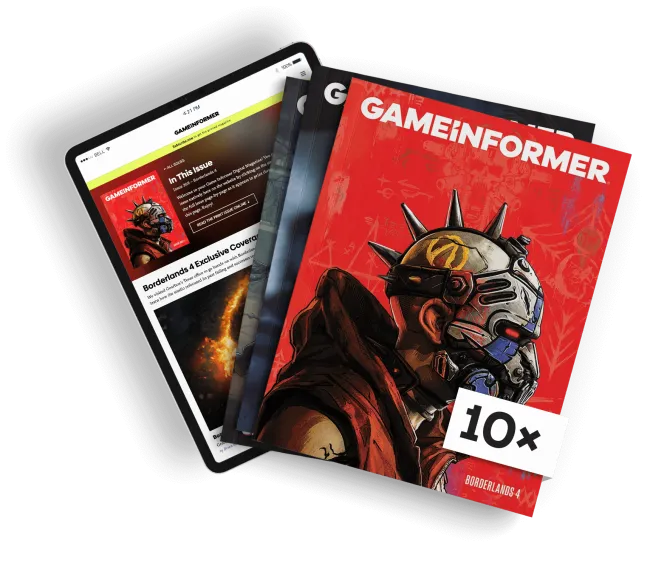
Get the Game Informer Print Edition!
Explore your favorite games in premium print format, delivered to your door.
- 10 issues per year
- Only $4.80 per issue
- Full digital magazine archive access
- Since 1991










